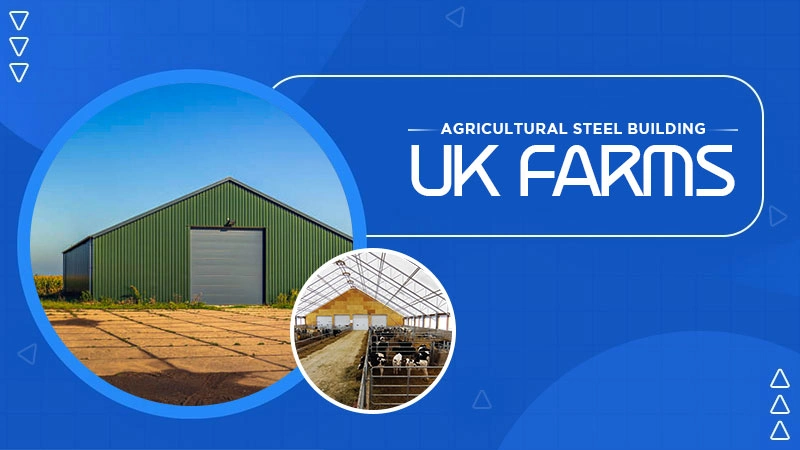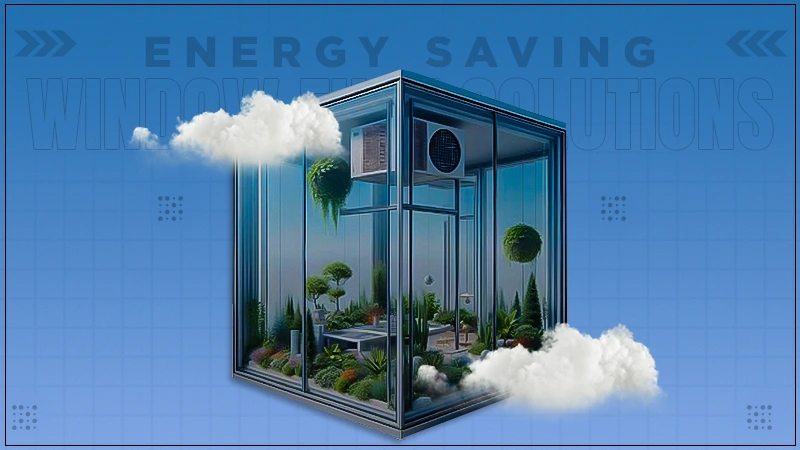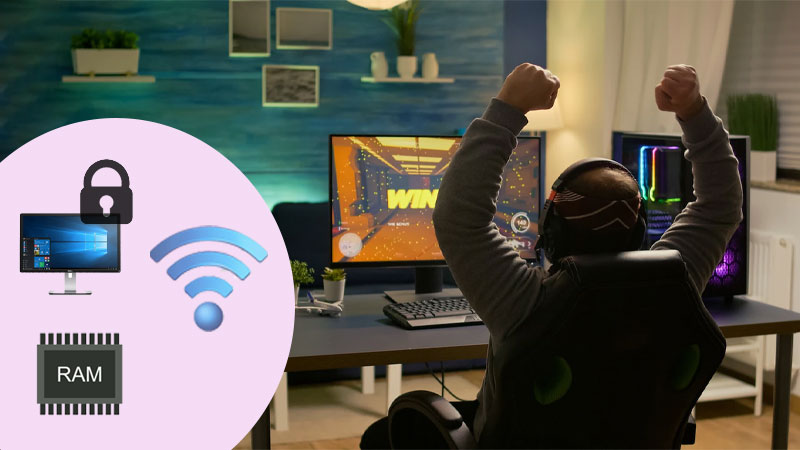Streamlining Your Game Development Process With 3D Modeling Workflows
Game development can be a complex and time-consuming process, requiring a lot of effort and skill from developers. One way to streamline this process is by implementing 3D modeling workflows. These 3d modeling workflows for games can help game developers create assets and characters quickly and efficiently, saving time and resources. 3D modeling workflows can also improve the quality and consistency of game assets, making them more visually appealing and immersive for players. In this blog, we will explore the benefits of 3D modeling workflows in game development and how they can help you streamline your game development process.
Revolutionize Your Game Development with Streamlined 3D Modeling Workflows
Revolutionizing game development is no easy feat, but with streamlined 3D modeling workflows, it’s possible to take your game development process to the next level. 3D modeling is an essential part of game development, and streamlining the process can save valuable time and resources.
By using streamlined 3D modeling workflows, game developers can create more complex and detailed environments, characters, and objects in less time. This not only improves the quality of the game but also allows developers to focus on other crucial aspects of game development, such as game mechanics, storylines, and game design.
Streamlined 3D modeling workflows also make it easier to collaborate with team members and stakeholders. By using standardized processes and tools, team members can easily work together to create and refine game assets. This can lead to more cohesive and polished game elements and ultimately result in a better game.
Using streamlined 3D modeling workflows can also help reduce costs associated with game development. By reducing the time and resources required to create game assets, developers can allocate more resources toward other areas of the game. This can include marketing, game testing, and other essential aspects of game development.
In conclusion, streamlining your game development process with 3D modeling workflows can revolutionize the way you create games. By saving time, improving collaboration, and reducing costs, you can create better games that stand out in a competitive industry.
Maximizing Efficiency: How 3D Modeling Can Streamline Your Game Development Process
Game development is a complex process that involves a lot of planning, designing, and programming. With the advancement of technology, game developers now have access to various tools to make their work more efficient. One such tool is the use of 3D modeling software.
3D modeling is the process of creating a three-dimensional representation of an object or character using specialized software. In game development, 3D modeling is used to create the game environment, characters, and other assets. With the help of 3D modeling, game developers can create high-quality graphics and animations that enhance the overall user experience.
The Power of 3D Modeling in Game Development: A Guide to Streamlining Your Workflow
Game development is a complex process that requires a lot of planning, creativity, and technical skills. One of the most important aspects of game development is creating 3D models that can be used in the game environment. D modeling is a powerful tool that can help streamline the game development process and make it more efficient. In this guide, we will discuss how D modeling workflows can be used to streamline your game development process.
The first step in streamlining your game development process is to choose the right D modeling software. There are many different software options available, each with its own strengths and weaknesses. It’s important to choose software that is easy to use, has a good user interface, and can handle the complexity of your game environment.
Once you have chosen the right D modeling software, the next step is to create a workflow that will help you streamline your game development process. A workflow is a step-by-step process that outlines the tasks that need to be completed in order to create a 3D model. By creating a workflow, you can easily track your progress and identify any areas that need improvement.
One of the key benefits of using D modeling workflows is that they can help you save time and reduce errors. By following a predefined workflow, you can avoid common mistakes that can slow down the game development process. Additionally, workflows can help you identify areas where you can improve your efficiency, such as by automating certain tasks or using pre-built templates.
From Concept to Completion: Using 3D Modeling to Streamline Your Game Development Process
Game development is a complex process that requires extensive planning and execution to create an engaging and enjoyable experience for the players. With advancements in technology, 3D modeling has become an integral part of the game development process. It helps in visualizing the game environment, characters, and objects in a highly detailed and realistic manner.
Using 3D modeling workflows can significantly streamline the game development process, from concept to completion. It allows for efficient collaboration between the game design team and the developers. By creating a digital prototype of the game, designers can easily identify and rectify any flaws in the game’s mechanics, level design, and character animations. This can save a considerable amount of time and resources that would have been spent in reworking the game’s elements after the development process has started.
Furthermore, 3D modeling workflows can help in creating high-quality assets that are optimized for the game engine. This ensures that the game runs smoothly on various platforms and devices. By using 3D modeling software, developers can create detailed textures and realistic lighting effects that enhance the game’s overall visual appeal.
The use of 3D modeling workflows can also help in reducing the overall development time, as it eliminates the need for physical prototyping and testing. This can be especially useful for indie game developers who have limited resources and budgets.
In conclusion, using 3D modeling workflows in game development can greatly streamline the process from concept to completion. It allows for efficient collaboration between designers and developers, helps in creating
Game Development Made Easy: How 3D Modeling Workflows Can Streamline Your Process
Game development is an intricate process that requires a lot of planning, creativity, and technical skills. One of the most crucial aspects of game development is 3D modeling, which is the process of creating digital 3D objects and environments that will be used in the game.
To streamline the game development process, developers can use 3D modeling workflows that help them create assets more efficiently. These workflows involve using specialized software to create models, textures, and animations that can be easily integrated into the game engine.
One of the most popular 3D modeling workflows is the use of modular design. This involves creating objects and environments in separate pieces that can be easily assembled in the game engine. This approach not only saves time but also allows for greater flexibility in designing levels and environments.
Another useful workflow is the use of procedural generation. This involves using algorithms to generate objects and environments automatically based on a set of rules and parameters. This approach can save a lot of time and effort in creating repetitive or complex objects such as terrain or vegetation.
In addition, using a library of pre-made assets can also streamline the game development process. These assets can be purchased or downloaded from online marketplaces and can range from character models to sound effects. Using pre-made assets can save time and allow developers to focus on other aspects of the game, such as gameplay mechanics and level design.
Overall, 3D modeling workflows can greatly streamline the game development process and allow developers to create high-quality assets.
Efficiency is Key: How to Streamline Your Game Development Process with D Modeling
As a game developer, one of your main goals is to create high-quality games that are engaging and enjoyable for players. However, the process of game evelopment can be time-consuming and complex, which can make it difficult to meet your goals on time and within budget.
One way to streamline your game development process is to use 3D modeling workflows. 3D modeling allows you to create detailed and realistic models of your game’s characters, environments, and objects, which can help you to visualize and refine your game’s design before you start programming.
By using 3D modeling workflows, you can also speed up the game development process by reducing the amount of time and resources needed to create and test your game’s assets. For example, you can quickly create and test different character designs, animations, and environments, which can help you to refine your game’s mechanics and improve the player experience.
Another advantage of 3D modeling workflows is that they can help you to collaborate more effectively with your team members. By using a shared 3D modeling platform, you can easily share your progress and feedback with other team members, which can help you to identify and address issues more quickly.
To get the most out of 3D modeling workflows, it’s important to choose the right tools and techniques for your game development process. You should also make sure that your team members are trained and comfortable with using 3D modeling software, and that you have a clear and organized workflow for creating and testing your
Accelerating Your Game Development Process with Optimized
Game development is a complex process that requires multiple workflows and tasks to be executed efficiently. With the increasing complexity of game graphics and mechanics, it becomes imperative to streamline the game development process to ensure that game development projects are completed within the stipulated time frame.
One of the key ways to streamline the game development process is by utilizing 3D modeling workflows. 3D modeling workflows enable game developers to create detailed 3D models of game characters, environments, and objects, which can be used to create immersive game environments.
By utilizing 3D modeling workflows, game developers can optimize the game development process, reducing the time and resources required to create detailed game graphics. 3D modeling workflows can be used to create high-quality game models quickly and efficiently, enabling game developers to focus on other important aspects of game development.
Additionally, 3D modeling workflows can be used to create game assets that can be reused across different game development projects, reducing the need to create new assets from scratch for each project. This can further optimize the game development process, reducing development time and resources.
In conclusion, optimizing the game development process is critical to ensure the timely completion of game development projects. Utilizing 3D modeling workflows is an effective way to streamline the game development process, reducing the time and resources required to create detailed game graphics, and enabling game developers to focus on other important aspects of game development.












